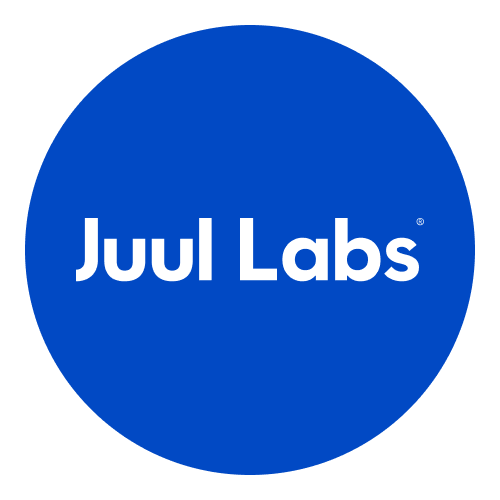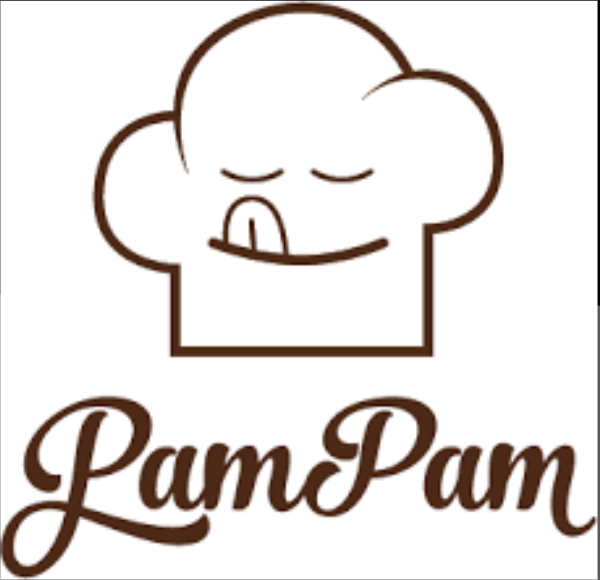The US is the largest food and beverage market in the world. According to Neilson, consumers are keen to try new products, and to satisfy them the US market witnesses over 30,000 hit store shelves each year. Given the size of the market and the openness of consumers, the US is an irresistible prospect for F&B industry players.
Yet the size and diversity of the market are a challenge. How do you compete with sometimes hundreds of existing brands? What is your best route to market when there are so many potential partners and paths?
It’s impossible to grasp the entire grocery retail landscape of the US alone. That’s why we made this guide with the help of over 30 local experts, each with over 15 years of F&b industry experience, to guide you. With this guide, you will gain a comprehensive understanding of the US grocery market so you can design a strategic approach to take America by storm with your F&B brand.
Let’s dive in!
The Size of the US Grocery Market
The US food & beverage industry is colossal, boasting an expansive market size that continues to grow each year. In 2021, the grocery sector alone commanded a staggering 3.5% of the US GDP, underscoring the industry's prominence in the nation's economy. Recent data suggests a steady surge with projections anticipating that the US food and beverage market will burgeon by a CAGR of 2.8% between 2021 and 2025, making it a lucrative destination for international entrants.
Major Channels of the US Grocery Market
Understanding the diverse channels within the US grocery retail landscape is essential for any F&B brand eager to capture a slice of this juicy market. Here’s a deep dive into the main avenues:
Supermarkets
An undeniable titan within the industry, supermarkets are comprehensive stores that offer a broad array of products. As of 2021, there were estimated to be over 40,000 supermarkets, with each establishment generating over $2 million in annual sales. Big names in this segment include Kroger, Safeway, and Publix.
Specialty Food Stores
These stores cater to a niche market, offering gourmet, organic, or imported products. The emphasis is on quality, uniqueness, and often caters to the premium market segment. Specialty food stores are an excellent avenue for exotic and artisanal F&B products.
Convenience Stores
Numbering over 153,000, convenience stores or c-stores are perfect for quick, on-the-move purchases. Their extensive network and high accessibility make them indispensable, especially in urban areas. They primarily focus on snacks, beverages, and limited grocery items, with chains like 7-Eleven leading the pack.
Warehouse Clubs & Supercenters
Pioneered by giants like Walmart and Costco, these vast spaces offer groceries alongside other categories, from electronics to apparel. Their business model thrives on bulk buying, often translating to discounts and drawing significant consumer traffic.
Discount Grocers
Aldi and Lidl are key players in this segment, offering value products at competitive prices. Focusing on private label products, discount grocers attract a broad swath of consumers looking for quality at affordable rates.
Natural and Organic Stores
With the increasing demand for organic and health-focused products, stores like Whole Foods Market and Sprouts Farmers Market have gained prominence. They emphasize fresh, natural, and sustainably sourced products, tapping into the growing health-conscious consumer base.
Ethnic and International Markets
Targeting specific cultural or regional demographics, these stores offer products imported from or tailored to specific international cuisines. Whether it’s Asian, Hispanic, or European-focused, these stores are increasingly popular in multicultural urban centers.
Online Grocery Retailers
While brick-and-mortar remain dominant, online grocery shopping has been on an exponential rise, especially post-COVID. We’ll explore this significant channel in detail below.
The above channels are the biggest and ones traditionally targeted by F&B brands, but there are other physical spaces to play in the US. These include the likes of gas stations, pharmacies, sports clubs and stores, bookstores, food service, and more. Each channel offers distinct opportunities and challenges. For F&B brands eager to penetrate the US market, understanding the nuances of each channel will be pivotal in crafting an effective market entry and growth strategy.
GourmetPro’s experts advise building a list of potential channels to target with your product and actually taking the time to visit them. Doing store visits, observing how consumers behave, and speaking to managers can provide invaluable experiential data that helps you select opportune stores to target with your products.
The Role of Food Distributors in the US
Once you have an idea of the channels you want to target, it’s time to figure out how to get them to stock your product. If you have an interesting product, especially if it has been proven in other markets, directly approaching smaller stores or open-minded Natural Stores can be effective.
If you’re seeking to hit high volumes out of the gate, however, you should consider working with a distributor. Distributors play a pivotal role in bridging the gap between producers and consumers. They not only transport goods but also shape demand, help in marketing, and provide credit facilities. Major distributors include Sysco, US Foods, and McLane, each serving different channels, from restaurants to convenience stores.
Partnering with the right distributor can be the ticket to widespread market access. Check out our list of Top Distributors in the US for more details and tips.
Pricing Your F&B Product For The US Grocery Market
At this stage, let’s talk about how to price your product for the US market as you’ll need to factor in costs associated with distribution and different channels.
Here’s a list of costs that GourmetPro’s experts recommend considering when deciding the price for your product in the US market.
- Manufacturing and Production: This is the foundational cost associated with producing your product.
- Packaging: The expense related to protecting and branding your product.
- Logistics: This encapsulates costs such as freight and insurance.
- Customs: Handling and clearing your product through customs comes with its own set of fees. Check out our expert guide on navigating US import regulations for your F&B products.
- Storage: Warehousing costs can fluctuate based on location and duration.
- Distribution and Retail Margins: Distributors in the US usually mark up the landed cost by approximately 25-30%, which establishes your wholesale price. Retailers then append roughly a 40% margin to the wholesale price. It's worth noting that volume-based discounts are often negotiated by established retailers. Check our detailed guide for more detail on how to choose a distributor in the US.
- Brokerage Fees: Expect to allocate about 5% of sales for broker commission fees.
Furthermore, there are other nuanced costs to be wary of:
- Distributor Allowances: Distributors may deduct certain amounts for elements like initial setup, product sampling, and promotional activities.
- Market Entry Deals: Special introductory offers might be essential for brands making their initial foray into the market.
- Forward Buying Practices: Be prepared for situations when distributors might bulk purchase your product during promotional phases.
- Collaborative Marketing Initiatives: Joint advertising campaigns with distributors and retailers can enhance product visibility but come at an additional cost.
- Shelf Space Acquisition: There's a prevalent practice of slotting fees in the US, where you compensate retailers to secure prime-shelf real estate for your product. Understandably, prime positions command a premium.
Selling your products online via marketplaces or D2C can help you avoid the costs associated with physical retail and secure higher margins. Here the US market has several options worth your consideration.
Alternative Channels for F&B in the US
COVID-19 upended markets and sped-up disruption of traditional routes to market worldwide, and the US was no different.
Lockdowns led to an unparalleled surge in online grocery shopping, with digital sales soaring from $80.3 billion in 2020 to $100.7 billion in 2021. Traditional channels had to evolve swiftly, embracing e-commerce, offering curbside pickups, and expanding delivery services.
In general, though, the digital revolution has brought a paradigm shift in how consumers shop for groceries. E-commerce platforms like Amazon Fresh and Walmart's online store are burgeoning at a rapid pace.

Direct-to-Consumer (D2C) models, although nascent, are gaining traction, offering brands a direct communication line with their consumers. Innovations like "dark stores" and AI-driven shopping experiences further underscore the industry's digital transformation.
A notable 85% of US grocery sales still happen in brick-and-mortar outlets, but online sales, which rose to $100.7 billion in 2021, are expected to reach $366.1 billion by 2027, highlighting a tremendous growth trajectory.
Major US Grocery Market Trends
Advancing digitalization of the grocery shopping experience is not the only transformation taking place. As the US grocery retail landscape undergoes continuous evolution, staying updated with the latest trends is paramount for food and beverage brands aiming for market success. Here are five influential trends to monitor:
Health and Wellness Movement
Consumer demand for healthier, organic, and clean-label products has seen a substantial uptick. As a testament to this shift, organic food sales in the US reached over $50 billion in 2019. Brands are now focused on transparency, using natural ingredients, and ensuring their products offer nutritional benefits, resonating with consumers' desires for products that support their health and well-being.
Rise of Private Labels
Once perceived as lower-quality alternatives, private-label brands are experiencing a renaissance. Leading retail chains, including Trader Joe's and Aldi, have been at the forefront of this trend, offering premium quality at competitive prices. In 2020, private labels grew at a rate of 14.2%, outpacing national brands.
Digital Shopping & Omnichannel Experience
The adoption of technology in grocery shopping has accelerated, with a significant push from the COVID-19 pandemic. This trend goes beyond just online shopping. Apps that facilitate easier in-store shopping, digital coupons, and integration between online and offline experiences are becoming the norm. Curbside pick-up and contactless payment methods are also components of this massive digital transformation.
Sustainability and Eco-conscious Shopping
Sustainability is no longer a mere buzzword. Consumers are actively seeking out brands that employ sustainable practices. This encompasses everything from packaging, sourcing, to waste reduction. A Nielsen report highlighted that 73% of global consumers would definitely or probably change their consumption habits to reduce environmental impact.
Personalized and Experience-driven Shopping
Modern shoppers seek experiences, not just products. Whether it's through in-store culinary workshops, tasting sessions, or personalized online shopping suggestions based on purchase history, retailers are tapping into this desire. Loyalty programs, subscription models, and AI-driven product suggestions are playing a significant role in enhancing the overall shopping experience, and fostering deeper brand-customer relationships.
Save Time, Reduce Risk, and Give Yourself The Best Odds of Success in the US with GourmetPro
Unlock the vast potential of the US market with ease. Trust GourmetPro’s seasoned F&B industry experts to help you navigate the complex terrain. With our guidance, you’ll seamlessly tap into growth opportunities and establish a lasting footprint for your brand in the US. Join us in crafting a delectable success story today! Book a free consultation with GourmetPro and let’s chat about your growth in the US.
FAQ for The US Grocery Market Landscape Demystified
What Is The Market Share of Groceries In The US?
The US grocery market is vast and diverse, with multiple players vying for a piece of the pie. While exact figures can vary annually, supermarkets like Walmart, Kroger, and Costco hold significant market shares. The collective strength of regional chains and independent stores also represents a significant portion of the market.
Why Are US Grocery Prices So High?
Grocery prices in the US can be influenced by various factors. Transportation costs, tariffs, agricultural policies, and supply chain inefficiencies play roles. Additionally, the demand for organic and specialty products, which tend to be pricier, has risen, pushing the average cost higher.
How Big Is The Grocery Market in the US?
The US grocery market is one of the largest globally, with sales amounting to hundreds of billions of dollars annually. Its size is driven by a combination of diverse consumer demands, a vast population, and a strong penchant for both global and regional products.
Want to make a mark in this massive market? Don't navigate it alone. Leverage opportunities in the US grocery landscape with GourmetPro's network of global F&B industry experts. They can help you unlock unprecedented growth in the US. Work with GourmetPro today:


%206.png)
.svg)






.svg)



.svg)
.svg)
.svg)
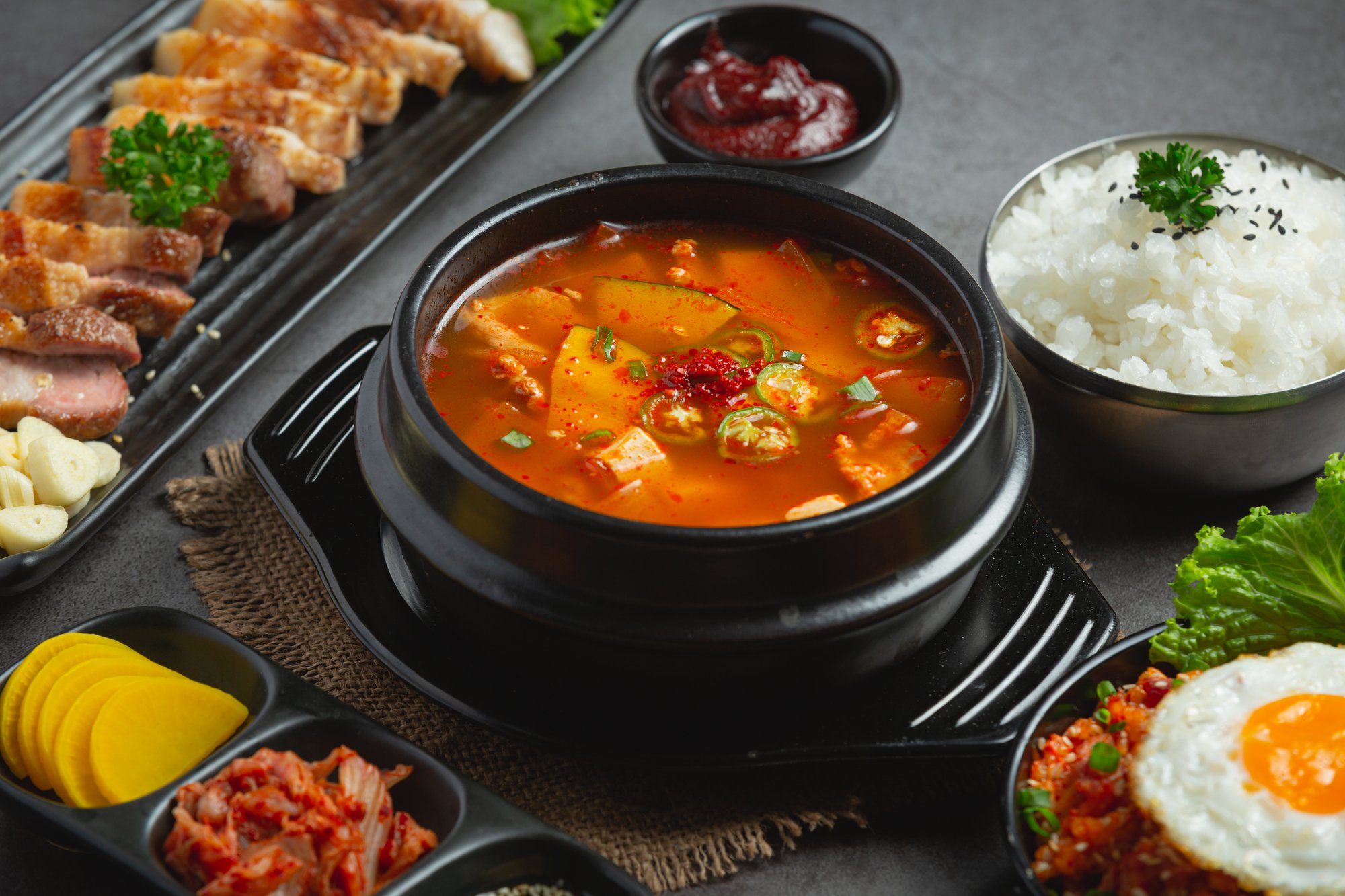
.svg)









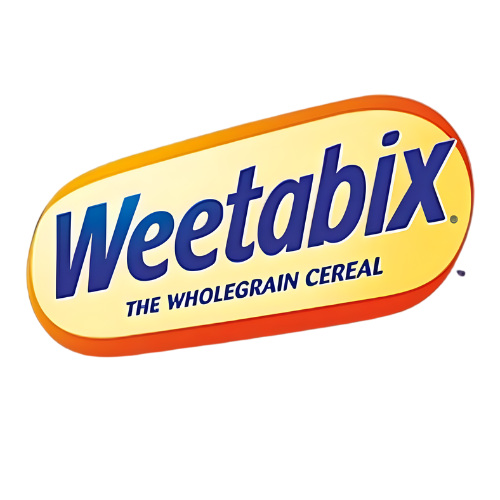













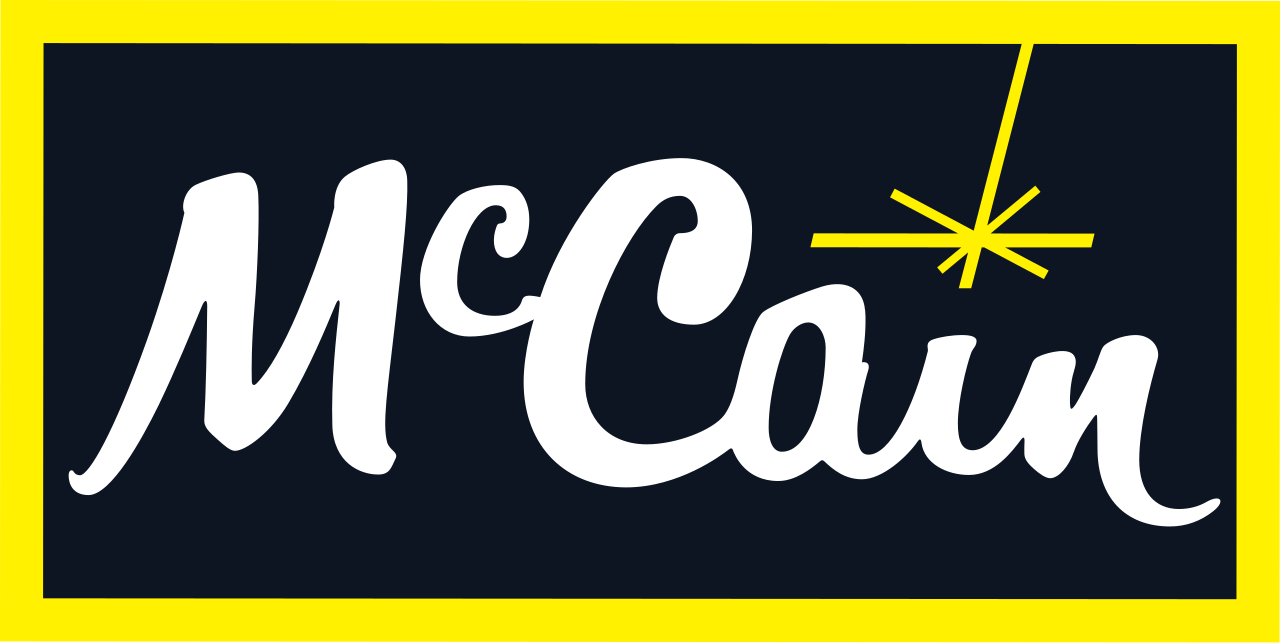






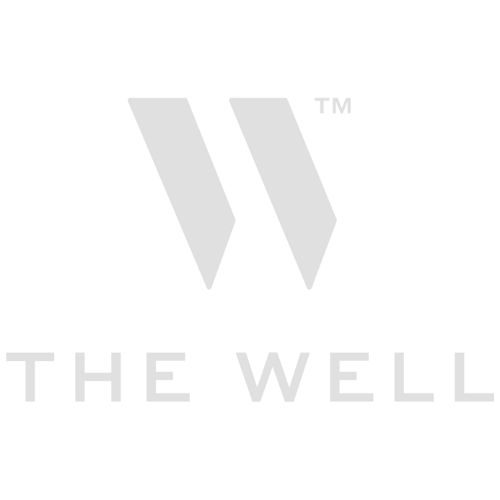









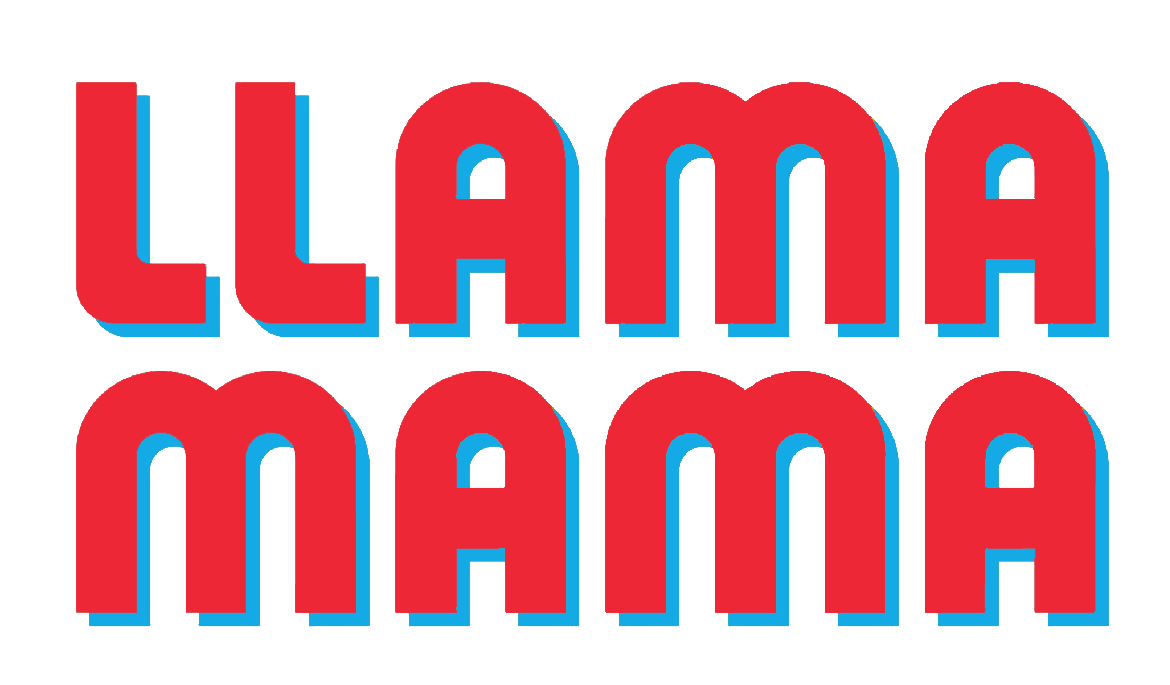







.png)







